Flower Garden Banks National Marine Sanctuary Triples In Size
By Rachel Plunkett
January 2021
Flower Garden Banks National Marine Sanctuary has been expanded from 56 to 160 square miles. The expansion adds 14 additional reefs and banks to the sanctuary, with slight adjustments to the boundaries of the sanctuary's original three banks. The new sanctuary boundary extends protections to additional essential habitats for commercially and recreationally important fish, as well as habitats for threatened and endangered species, while also minimizing potential user conflicts.
Flower Garden Banks National Marine Sanctuary was designated in 1992, and is located more than 100 miles south of the Texas/Louisiana border in the Gulf of Mexico. The original designation consisted of two areas located twelve miles apart – East Flower Garden Bank and West Flower Garden Bank. A third location, Stetson Bank, was added in 1996, after strong support from local divers. Boundaries for these areas were established using the best information available at the time regarding biologically sensitive habitats.
Since 1998, the sanctuary research team and partners have used multibeam bathymetry data, scuba diving, submersibles, and remotely operated vehicles (ROVs) to expand our knowledge of the reefs and banks within the region. Research has been focused on the deeper areas around East and West Flower Garden and Stetson Banks, as well as dozens of reefs and banks located along the continental shelf of the northwestern Gulf of Mexico. These geographically separated banks are mountain-like features formed by underlying salt deposits. Exploration of the banks has revealed extensive habitat supporting significant populations of marine animals at a variety of depths. While each bank may appear to be geographically isolated from one another, they are interconnected and part of the same ecosystem. Small rocky outcrops, other hard-bottom structures, and fields of algal nodules, provide intermittent habitat and food for various species in the region.
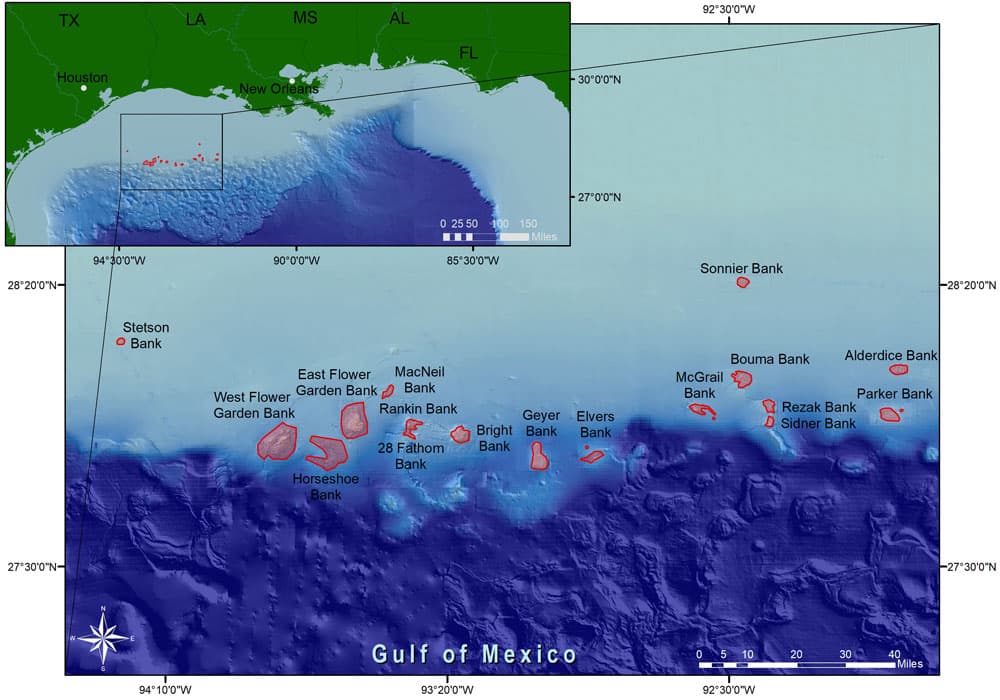
“The Gulf of Mexico is one of the most studied and heavily used waterbodies in the world and has been very important to our nation,” said John Armor, director of NOAA’s Office of National Marine Sanctuaries. “Expanding the sanctuary’s boundaries to include additional habitats in the northwestern Gulf of Mexico recognizes the interconnectedness of Gulf ecosystems and will ensure they are well protected for future generations.”
The decision to expand the sanctuary’s boundaries was based on more than three decades of scientific exploration, public calls for additional protections, and extensive coordination with the Sanctuary Advisory Council.
“The 14 additional reefs and banks proposed for sanctuary expansion have long been recognized as hotspots of marine biodiversity that provide critical ecosystem services for the Gulf of Mexico region. These habitats are vulnerable to a variety of potential impacts, and protecting them will increase the resilience of marine ecosystems, allowing them to serve as engines of sustainability for the region's thriving recreation, tourism, and commercial activities that drive coastal economies,” said George (G.P.) Schmahl, superintendent of Flower Garden Banks National Marine Sanctuary.
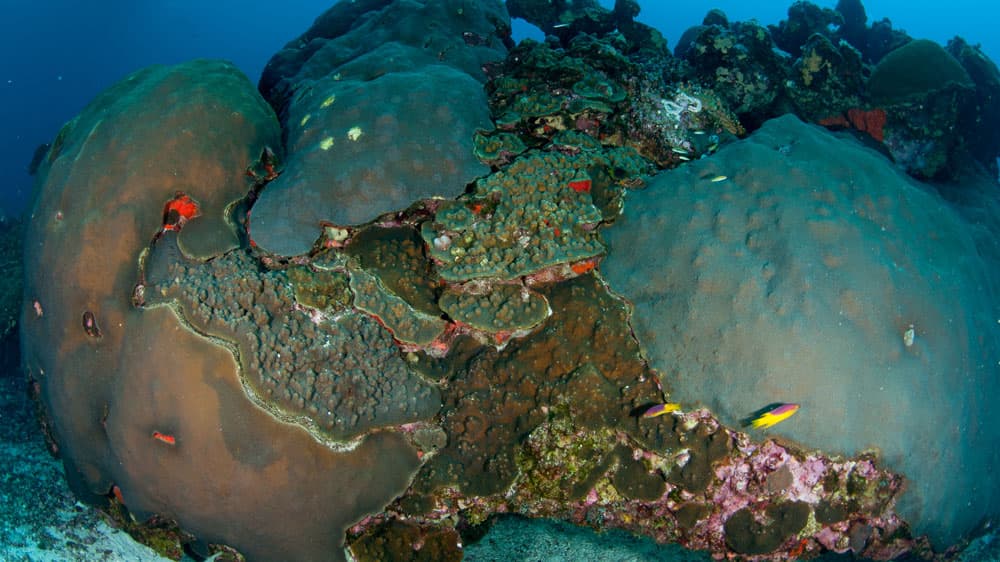
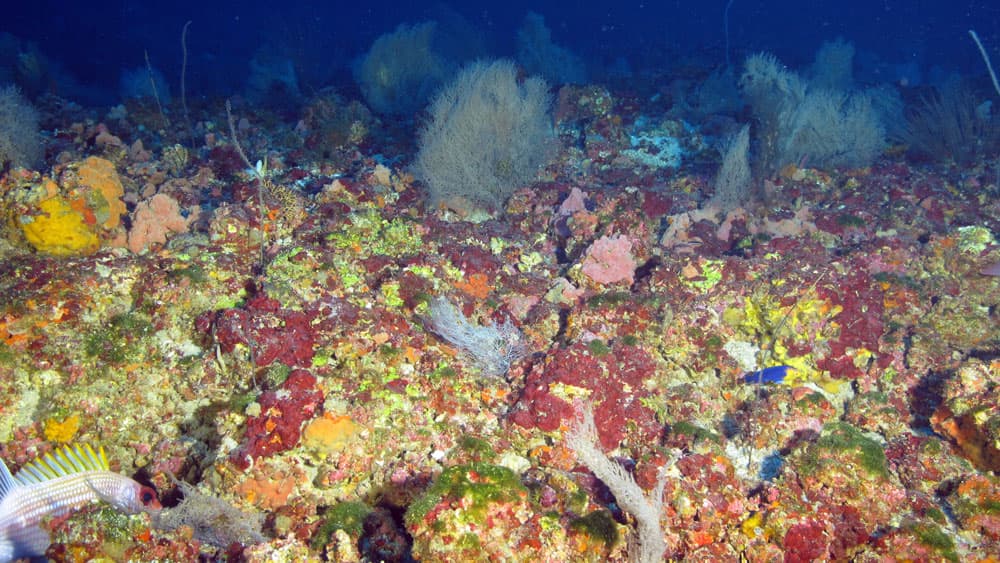
Studying and Protecting Diverse Habitats
Mud volcano located at Horseshoe Bank, between East and West Flower Garden Banks. Photo: Sea Research Foundation (SRF) and Ocean Exploration Trust (OET)/Secrets of the Gulf Expedition, March 2007
The extended sanctuary protections will help to reduce damage to sensitive biological resources from bottom-tending fishing gear, ship anchoring, oil and gas activities, and salvage activities. Among the 14 new reefs and banks added to the sanctuary, is Horseshoe Bank, located between East and West Flower Garden Banks. Named for the overall horseshoe-like shape of the feature, Horseshoe Bank is the largest new addition to the sanctuary, covering 28.7 square miles of seafloor habitat, with bottom depths ranging from 250-575 ft. Within the boundaries of Horseshoe Bank lie a plethora of mesophotic patch reefs and a mud volcano, around a mile across, which releases methane gas through the seafloor. Horseshoe Bank was first discovered during multibeam mapping surveys in 2004, and has since been further explored.
The sanctuary has led much of the exploration and habitat characterization efforts over the past 20 years, but also worked with partners to increase our understanding of these ecosystems and inform future conservation and management. Dr. Tom Bright, an American oceanographer and retired associate professor of oceanography at Texas A&M University, studied the Flower Garden Banks in the 1970s. Known by many as "the Father of the Flower Garden Banks," he played a major role in building the initial knowledge base of the marine resources in the area and garnering support for the sanctuary’s designation in 1992. Bright Bank, one of the new expansion areas, was named after Dr. Bright in honor of his many contributions to research and conservation in the region. When asked what the expansion of the sanctuary means to him, Bright replied, “This expansion is a significant step in establishing a continuous corridor of critical habitats facilitating the propagation, recruitment, and maintenance of essential hard-bank biotic communities on the Atlantic continental shelf. I am hopeful that the sanctuary will continue to develop its research and monitoring programs as the strongest tool in NOAA's effort to conserve and properly manage these valuable resources.”
Diving Deeper
A feathery black coral (Plumapathes pennacea) and some sea whips at Alderdice Bank, one of the new additions to the sanctuary. Photo: GFOE/NOAA
The coral reefs that people are most familiar with are shallow coral reefs – reefs that exist within recreational diving depths of about 130 feet. The coral reefs on the shallowest areas of East and West Flower Garden Banks start at around 54 feet, and continue down to depths of about 150 feet. They are easily accessed and well-studied, but make up a small percentage of the sanctuary’s waters. Much of the science in the last twenty years has focused on mesophotic and deep-sea coral reefs, coralline algae, sponge, and other marine invertebrate communities, as well as the soft-bottom habitats that exist in the deeper areas of the banks throughout the region.
Several new invertebrate species have been discovered during expeditions in recent years, including the discovery of a new black coral species at Elvers Bank, in a location just outside of the new sanctuary boundary. “As we continue to explore these deeper areas, we see that there are additional reef resources out there that we did not know about, and we continue to discover novel coral, sponge, and other invertebrate species. The more we understand these resources, the better equipped we can be to protect them,” said Schmahl.
Productive Fishing
Proposed expansion areas provide habitat for commercially and recreationally important fishes, such as snappers and groupers. Photo: G.P. Schmahl/NOAA
Flower Garden Banks National Marine Sanctuary is an incredible oasis of life in the middle of the northwestern Gulf of Mexico with unique geologic and hydrologic features that support wildlife many fishers rely on. The natural hard-bottom habitats are teeming with life -- including many bony fish species such as snapper, grouper, mackerel, and jacks -- which is why these habitats are considered productive bottom and pelagic fishing spots throughout the year. Prior to expansion, these habitats were still vulnerable to a variety of known and potential impacts, including large vessel anchoring, marine salvage operations, incompatible fishing techniques, and certain oil and gas activities. Existing sanctuary regulations will now apply to the new expansion areas. Conventional hook and line fishing is the only form of fishing allowed in the sanctuary.
Scott Hickman, owner and operator of Circle H Outfitters and Charters and chair of the Flower Garden Banks National Marine Sanctuary Advisory Council, has been fishing in the Gulf of Mexico for over three decades. Hickman expressed his thoughts about the expansion, stating that “more coral and healthier ecosystems means more fish, and fishers should be excited about this because protecting all these coral banks means you will have more sustainable fisheries.” Protecting these additional habitats could prove fruitful for several key fisheries in the region. Hickman explained that researchers recently discovered a spawning aggregation of cubera snapper in the expansion area, and there is also new data showing that other species may also be spawning in parts of the expanded sanctuary.
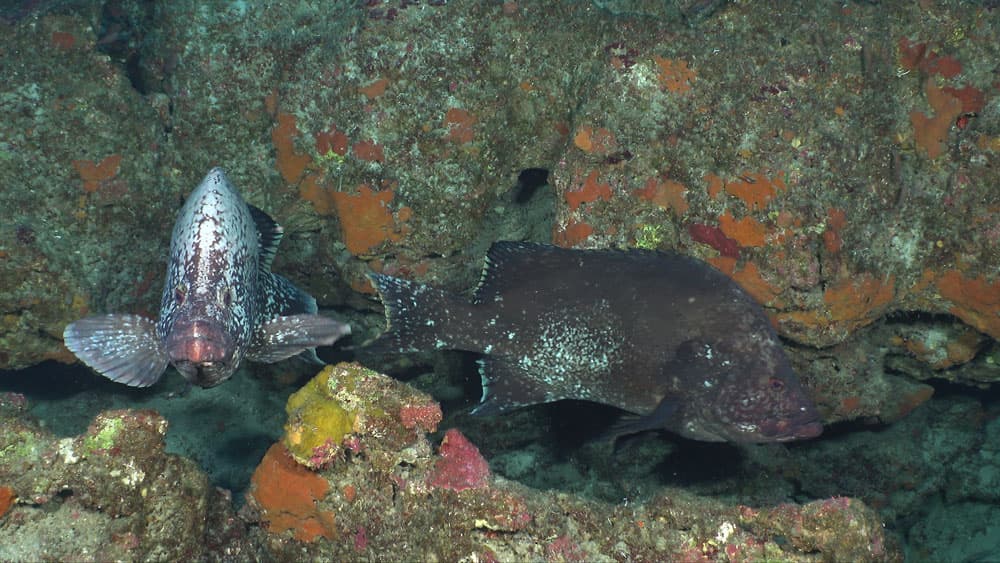
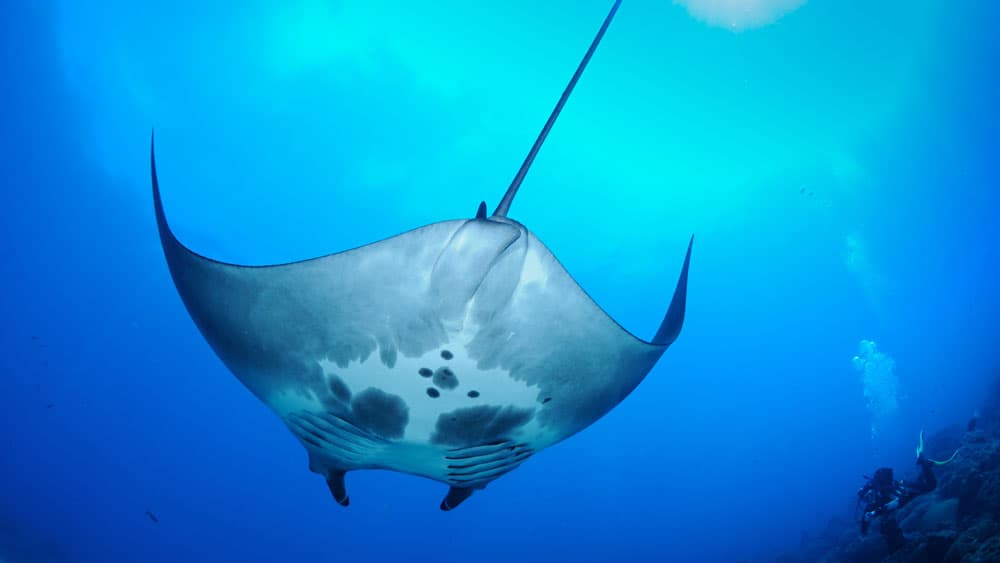
Not only do these areas include critical habitat for recreationally and commercially important fish, but also several threatened or endangered manta ray, shark, and sea turtle species in the Gulf of Mexico. Sharks, rays, sea turtles, and marine mammals are often caught as bycatch through fishing practices that are prohibited within the expanded sanctuary waters.
The sanctuary will continue working with researchers, local businesses, and stakeholders to continue protecting the natural resources within the sanctuary’s waters, while also encouraging responsible use and recreation.
Rachel Plunkett is the writer/editor for NOAA’s Office of National Marine Sanctuaries.

